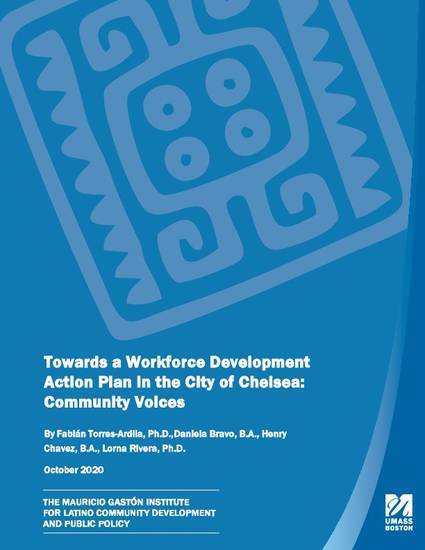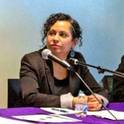
The mission of the Gastón Institute at UMass Boston is to inform policymakers and the public about issues vital to the state’s growing Latino community and to provide research, analysis, and information necessary for more effective public policy development. The Gastón Institute has a long track record of conducting collaborative mixed-methods research in Chelsea, especially with Latino immigrants from Central and South America. For example, in 2008-2010, Gastón researchers worked with Chelsea Public Schools to evaluate family literacy programs at five schools. Since 2016, Gastón faculty have been working with Chelsea High School and Bunker Hill Community College’s Chelsea campus on a Latino Student Success Initiative. Most recently, in 2019, the Gastón Institute’s bilingual researchers worked with the city of Chelsea to conduct a study focused on resident perceptions about the U.S. Census 2020, aiming to identify culturally appropriate outreach strategies to increase Latino residents’ participation in the Census.
Historically, Chelsea has been a city of immigrants and the city’s economy has depended on industries that employ immigrants. Chelsea played a key role in the manufacturing of sailing ships in the 1800s, and later became a leading manufacturer of rubber, adhesives, and shoes. Between 1864 and 1890, Russian and Eastern European immigrants, especially large numbers of Russian Jews, settled in Chelsea; by the 1930s nearly a third of the city’s residents were Jewish. In 1919, a remarkable 46% of the city’s residents were foreign born, and today the city’s foreign-born population is almost exactly the same, at 45.6 %. This figure represents a much greater concentration of foreign-born than in the Commonwealth as a whole (15%).
Chelsea today is the second most densely populated city in Massachusetts and its population consists predominantly of Latinos, who represent over two-thirds (66.9%) of the city’s residents. This fact represents a striking change since the start of the current century. From 2000 to 2013 the city’s Latinos grew in number by 32%, while whites (28%) and Asians (27%) experienced population decline. In reaching out for participants in this study researchers leveraged the institute’s rich social networks with Chelsea’s Latino residents, including our historical partnerships with community-based organizations.
Available at: http://works.bepress.com/lorna_rivera/21/
